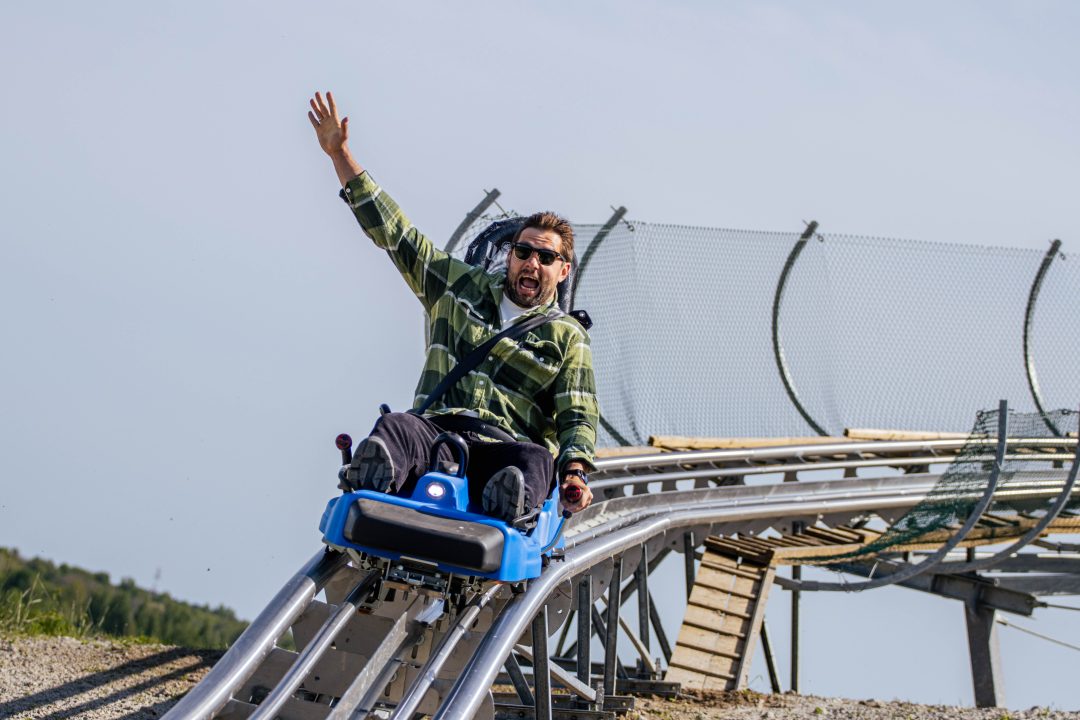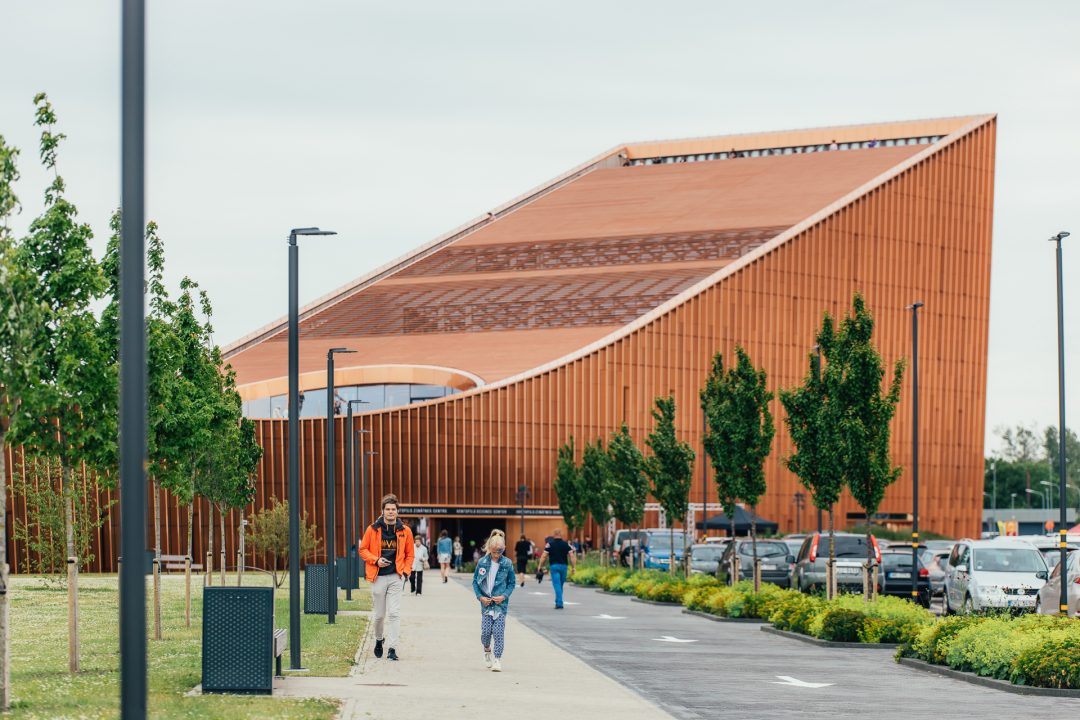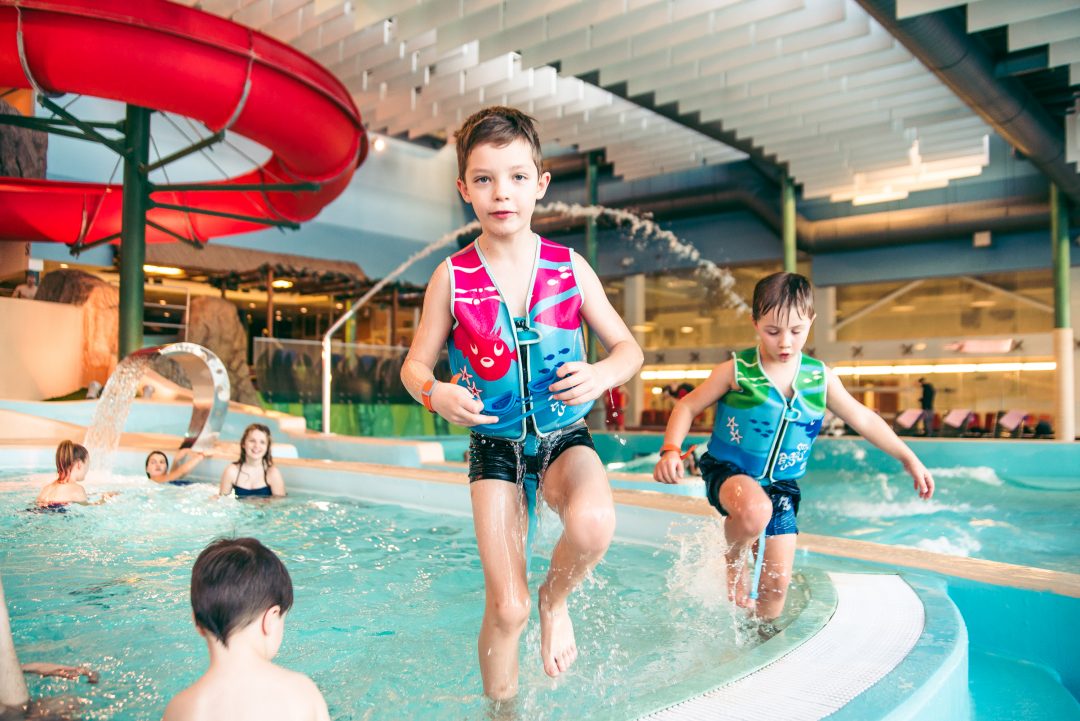In order to promote Latvia’s Livonian roots and Livonian heritage in the Latvian language, cultural space and landscape, the Livonian Institute of Latvia in collaboration with the Latvian National Commission for UNESCO and the Latvian National Centre for Culture declares 2023 as the Year of Livonian Heritage. The Ventspils Museum is also involved in the awareness-raising activities of the Livonian heritage and offers “excursions” to the fishing villages of the Livonian coast.
Mazirbe – Irē
This time we are going to Mazirbe.
During the times of the first Latvian Free State, the locomotive Mazbānītis took the people of Mazirbe to Dundaga, Ventspils and Stende. The Mazirbe station was a favourite meeting place for the villagers. Here they discussed news in the village and the surrounding area, acquired information about events in the great city of Ventspils, received mail and newspapers.
It should be noted that the Ventspils Seaside Open Air Museum has a replica of the oldest Mazirbe station building, from which the Mazbanītis begins its journey to the Museum today. The first station building in Mazirbe was built in 1916, with the construction of the narrow-gauge railway during World War I, but it has not survived to this day. The station, built in the late 1930s, is still located in Mazirbe.
Being in the Middle is Beneficial
Mazirbe is one of the oldest and largest fishing villages in Northern Kurzeme. It was first mentioned in documents in 1387. In 1582/1583, the village was listed in the Piltene Places Register as Kleine Irwen (Little Irve), and later in Latvian as Maģ-Īre, Maģ-Irbe. Linguist Benita Laumane explains that the first part of the place name reflects the archaic form of “mazs”, “maģs”, and the second part – the Livonian form of “īrva, īra”. The village is located near the mouth of the river Mazirbe. The river was called Irē joug by the Livonians, and the village itself Irē.
The village of Mazirbe is geographically situated in the middle of the other Livonian villages of Northern Courland. Mazirbe was a crossroads in ancient times, and the nearest road to Dundaga Manor led from here. Mazirbe had a maritime school, the Irbe tavern, bricks were made in the Brausku kiln, there was a church, a parsonage, a post office, a school, shops and a pharmacy.
During the First Latvian Free State, Mazirbe was a centre of the Livonian society and culture – the Livonian People’s House was built, and in 1923 the Livonian Union (Līvõd Īt) began its activities.
Today, Mazirbe is the place where the Livonian Festival is held on the first Saturday in August. Here, Livonians and their descendants, local residents, guests from Estonia, Finland and other countries, as well as, of course, from various parts of Latvia, gather.
Life in Two Parts
The village of Mazirbe has always been divided into two parts: the fishermen’s houses are closer to the sea, while the southern part of the village, with the Irbe Church, parsonage, cemetery, tavern and some farms, is about 2-3 kilometres from the coast. However, the two parts are connected by a road that starts at the seaside and runs south to the Church and the cemetery.
In the inland part of the old village there were four farmsteads – Antšiki, Suteni, Priekš Brauske and Pakaļ Brauske. In 1826, 88 people lived on these farms, and they also cultivated part of the fields of the Irbe parsonage.
The fishermen’s part of the village was situated on the seaside just behind the dunes. In the 18th century there were six farmsteads – Reini, Grabi, Kalši (Vecaņņi), Taizeli, Valgani, Bunkas. In the 19th century, the old farms were joined by the Tomi farm.
According to the audit of 1826, the largest number of inhabitants was in the Taizeli farm, where 36 people lived at that time – owners, servants, landless peasants and many children. In total, 250 inhabitants were counted in Mazirbe village in this audit.
The Highest Point – the Church
The Church of Irbe (Mazirbe) is considered one of the most beautiful on the Kurzeme coast. It is situated on a hill and the 37-metre-high pointed tower of the Church is also visible from the sea. It has also served as a landmark for fishermen and sailors, and on nautical charts it is marked as the highest point on the coast.
The Church building was constructed between 1866 and 1868 by the German master builder A. Schrott, with local craftsmen and workers. The Church was built on the site of an earlier church, but not much information has been preserved about the older building.
When the Church was built, it was decorated with an altarpiece of Jesus and the disciples on the sea, painted in 1868. It was still in the Church in 1949, but later disappeared. In 1993, when the 125th anniversary of Mazirbe Church was celebrated, a copy of the authentic altarpiece by artist Gunta Liepiņa-Grīva was consecrated. –
Next to the Church there is a large old cemetery where Livonians, Latvians and Germans are buried. The grave of Nika Freimanis, popularly known as the old Taizel, is there, as well as the grave of the first teacher of Mazirbe, Heinrihs Jakobsons, and others.
There are also three plague stones with carved inscriptions at the Mazirbe Church, which testify to the Great Plague of 1710-1711 on the Kurzeme coast.
Near the Church is the former parsonage complex, which today houses the Mazirbe Recollection Centre of the Latvian Evangelical Lutheran Church.
Tavern – Closed only before Church Service
The Irbe tavern was located near the Church and the cemetery, and today only a stable and a cellar remain of its old buildings.
The memoirs of Kārlis Baranovskis from Pitrags describe life in the Irbe tavern in the early 20th century: “Most of the people from Košrags, Mazirbe, Pitrags and other villages gathered in the tavern on Sundays after the church service. Locals who wanted to drink beer often went to the tavern. The tavern was closed before church until noon. As soon as the church bell rang for the end of the service, the tavern could open. The tavern sold Dundaga distillery vodka, but mostly Dundaga distillery beer. [..] The buffet also sold some bread rolls, meat bites and other things. Smoked flounder and herring were also for sale on the counter. There were no set opening hours for the tavern. It was closed only on Sundays before the church service. Fishermen usually went to the tavern in the afternoon, when there was a storm and they could not go out to sea. On Saturday evenings, dances were usually held in the tavern. Then the young people came there. Someone played the ermonica or the hurdy-gurdy. The women called the tavern the Devil’s Den.”
The tavern is also associated with a song about Taizel, which is believed to have originated in the second half of the 19th century, when the Irbe tavern was flourishing and prospering and the owner of the Taizel farm was Nika Freimanis – the prototype of Old Taizel. The song says that Taizel drinks beer every day at the Irbe tavern, and on the way home in his carriage, he falls into a ditch, of course. At first, the song was known mainly to local coastal people, but in the mid-20th century, the writer and composer Marģeris Zariņš made Old Taizel a legendary figure. The choral song suite Vecā Taizela brīnišķīgie piedzīvojumi /The Wonderful Adventures of Old Taizel/ (1957-1960) was written, followed by a long story on the same theme and a play.
Came to Learn from Other Villages
The first school in Mazirbe was in Košraga Žoki. Statistical information about the Mazirbe (Košrags) Parish School appears in the list of Kurzeme rural schools in April 1875 – the school had 65 pupils and two teachers. A new school building was built in Mazirbe in 1880. It is known that 35 boys and 36 girls attended the Irbe Parish School in the 1887/88 school year. There were two teachers – Heinrihs Jakobsons and an assistant teacher Rūdolfs Lejasozols.
Mazirbe School became the first six-class primary school on the Livonian coast, expanding and moving to the former premises of the maritime school in the 1925/26 school year. At that time, the school was called Mazirbe Grade II Primary School. From the 1933/34 school year, the school became the Mazirbe State Primary School, supported by the state budget. In the second half of the 1930s, the number of pupils already reached more than 150, and people from other coastal villages also came to study. –
The Mazirbe Primary School continued to operate after the Second World War. From 1946 to 1952, the school was headed by Rūdolfs Ermanbriks, who has remained a legendary figure in the minds of the Livonian seaside residents. R.Ermanbriks tirelessly cared for children’s musical education, led choirs and instrumental ensembles, and was always at the epicentre of cultural events. “He stood and fell for his school,” many former pupils have said. In 1970, the eight-year comprehensive school was reorganised and Mazirbe Boarding School was established.
1970. gadā vispārizglītojošo astoņgadīgo skolu reorganizēja un izveidoja Mazirbes internātpalīgskolu.
The Livonian Union is Founded
Kārlis Stalte, a Livonian poet, translator and cultural worker, was born in Mazirbe in 1870. His father was Ansis Stalte, the parish priest of Irbe. K.Stalte was actively involved in the organisation of Livonian social and cultural life in the 1920s and 1930s. He was responsible for the founding of the Livonian Union and became its first chairman.
1923. In the autumn of 1923, in preparation for the opening of the Livonian flag, Stalte composed the words to the patriotic song Min izāmō (My Fatherland), which is now known as the Livonian anthem. He chose the Estonian and Finnish anthems as the melody, with music by the German-born Finnish composer Frederik Pacius. According to the memories of his contemporaries, the four-voiced choir of the Livonian Union sang it for the first time at the opening of the Livonian flag. On that day, the Plagā loul (Flag Song), dedicated to the flag, also by K. Stalte, was likewise sung for the first time.
Stalte was a consultant to the Finnish linguist Lauri Kettunen when he was collecting material for a Livonian-German dictionary. K.Stalte also supported the publication of the Livonian newspaper, which started to appear in Jelgava in 1931, and was its editor from 1933 to 1939, when the monthly Līvli was published in Mazirbe.
1937. In 1937, the first part of the New Testament (Ūž testament), the Gospels and the Acts of the Apostles, translated into Livonian, was published in Helsinki, and the complete edition was published in Helsinki in 1942. Together with his daughter Margareta Stalte, he published two Livonian song books with sheet music: Līvõkīel lōlõd in 1929 and Līvõkīel lōlõd II in 1930.
1930. gados K.Stalte sastādīja arī pirmās lībiešu ābeces un lasāmgrāmatas manuskriptu, kas izdots 2011. gadā.
This concludes the story of Mazirbe and we say: “Nēmiz pǟl! (See you later!)” until the next “excursion”, when we will visit Košrags!
Literature used: Baiba Šuvcāne Lībiešu krasts and Lībiešu krasta stāsti, Valda Marija Šuvcāne Lībiešu ciems, kura vairs nav, Ingrīda Štrumfa Ventspils grāmata II, Vilis Veldre Dzīve pie jūras, Lībiešu gadagrāmata 2023, website livones.net.
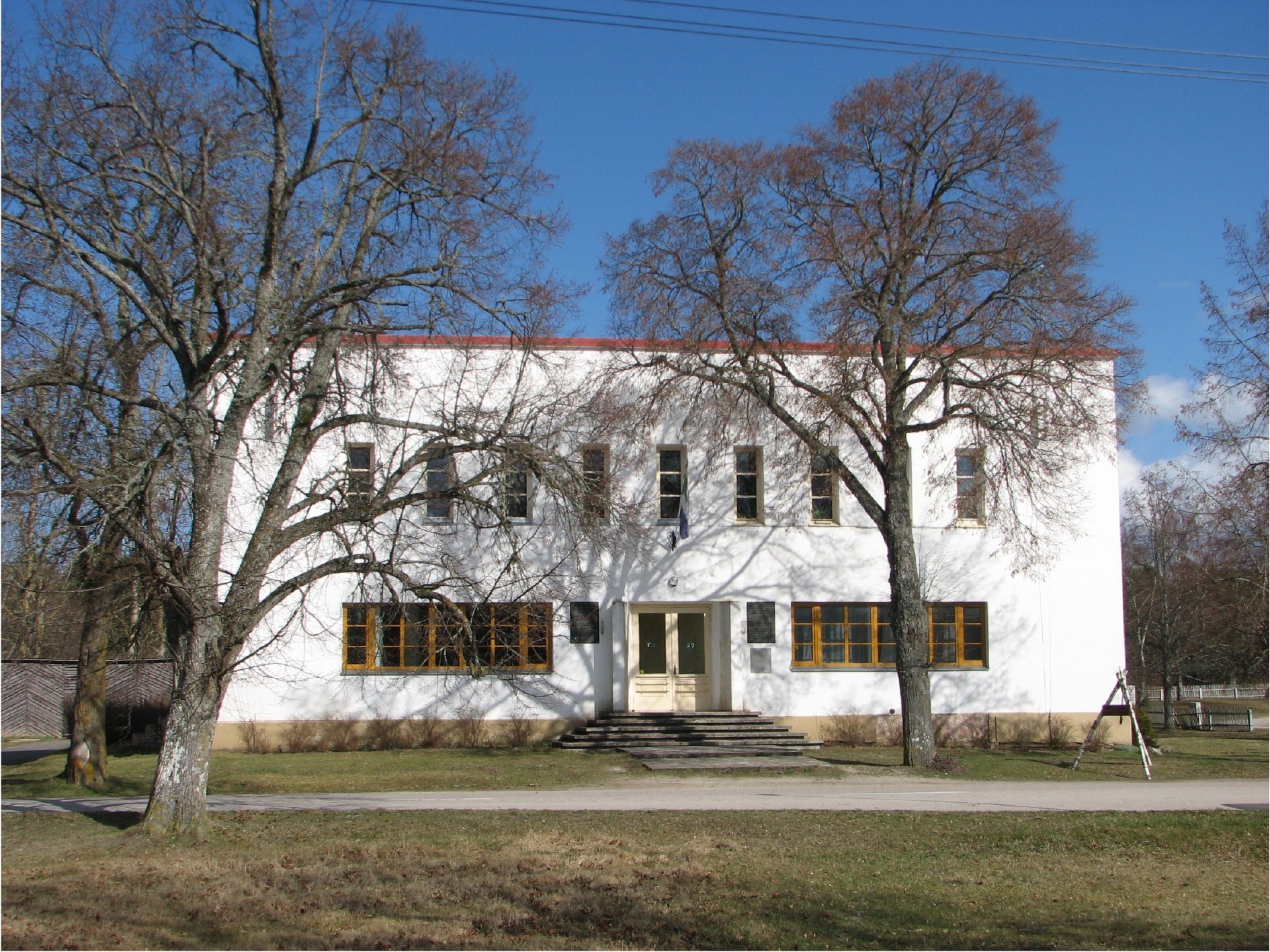
The Livonian Union built its own community centre in 1939.
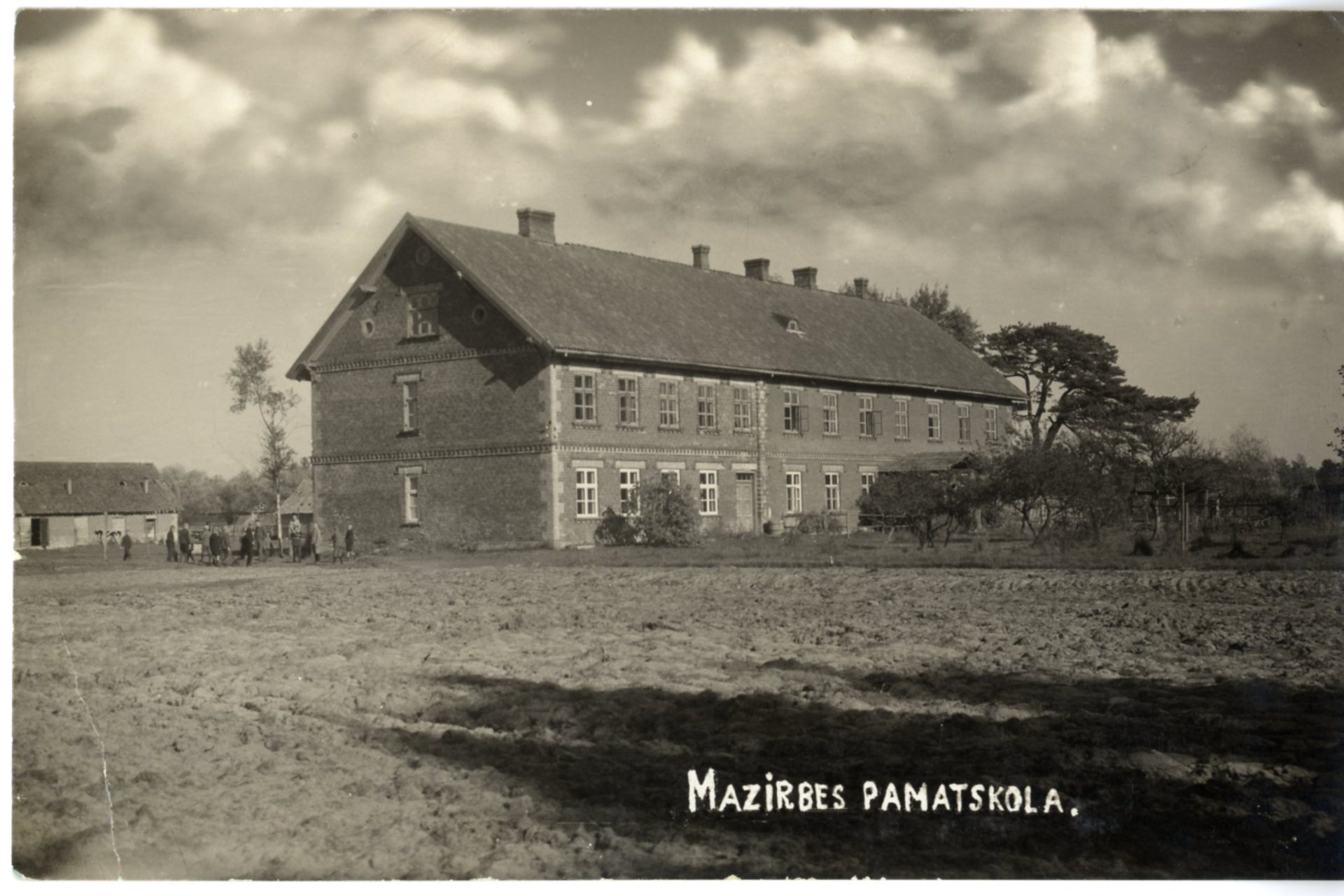
The building of the Mazirbe Primary School, which used to house a maritime school. 1930s –
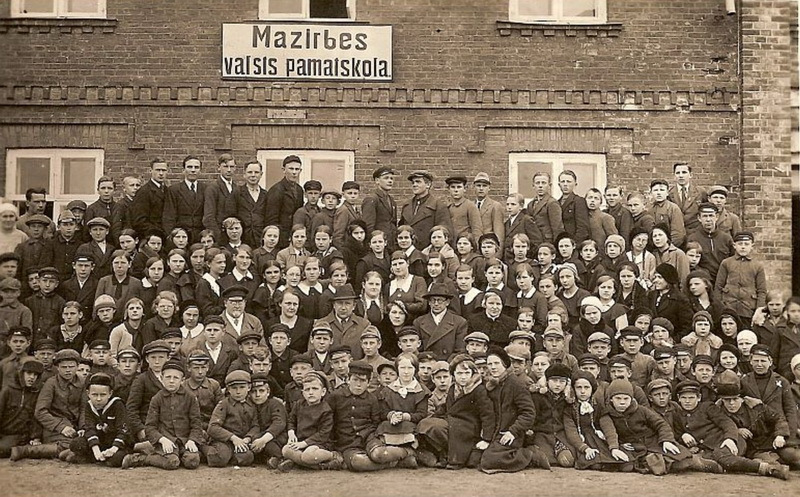
From the 1933/34 school year, the Mazirbe School became a state primary school, supported by the state budget.
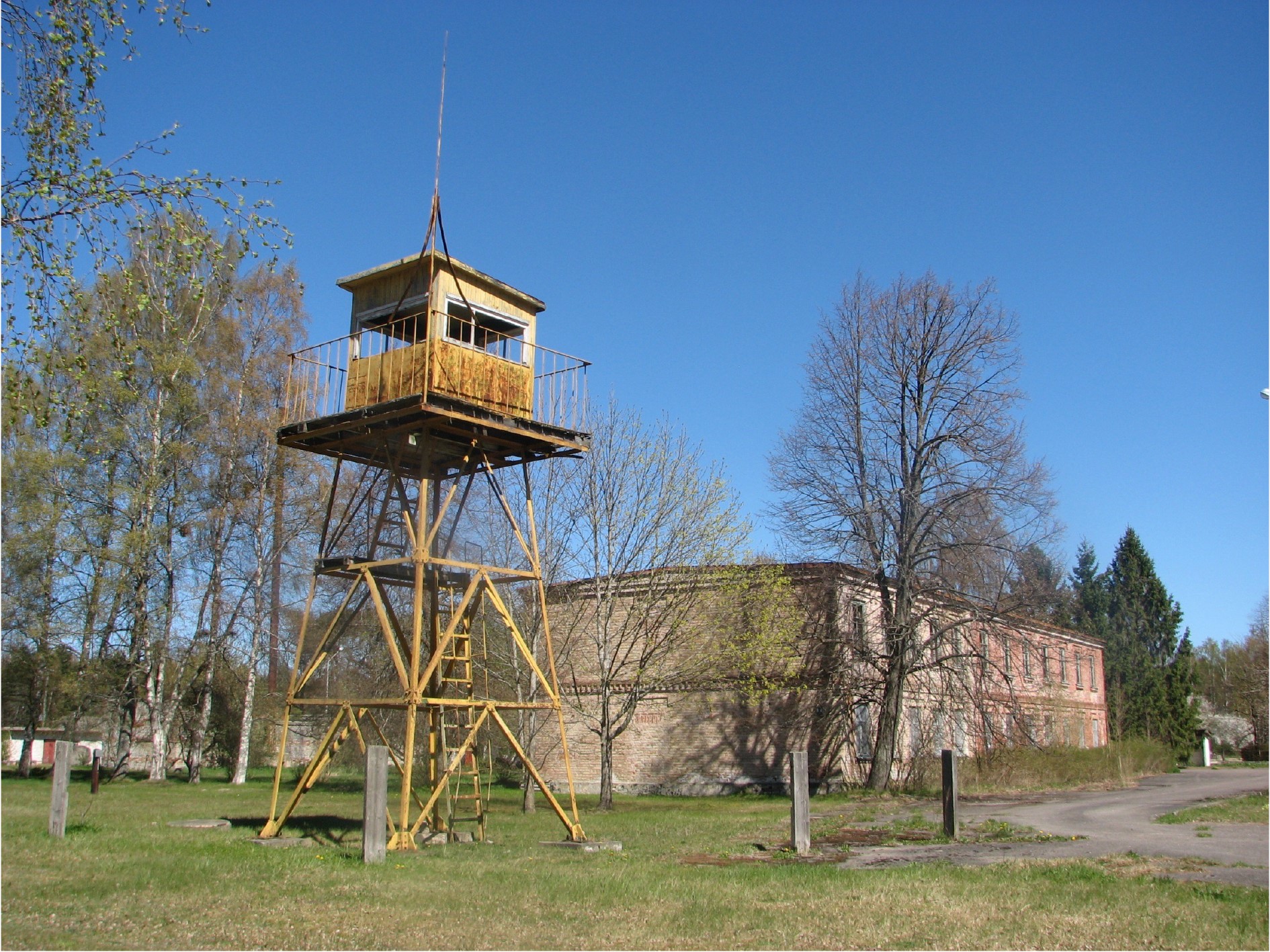
The former Mazirbe Maritime School, later a primary school, and in Soviet times a border guards’ headquarters. Nowadays, it is a private property that is gradually turning into a slum.
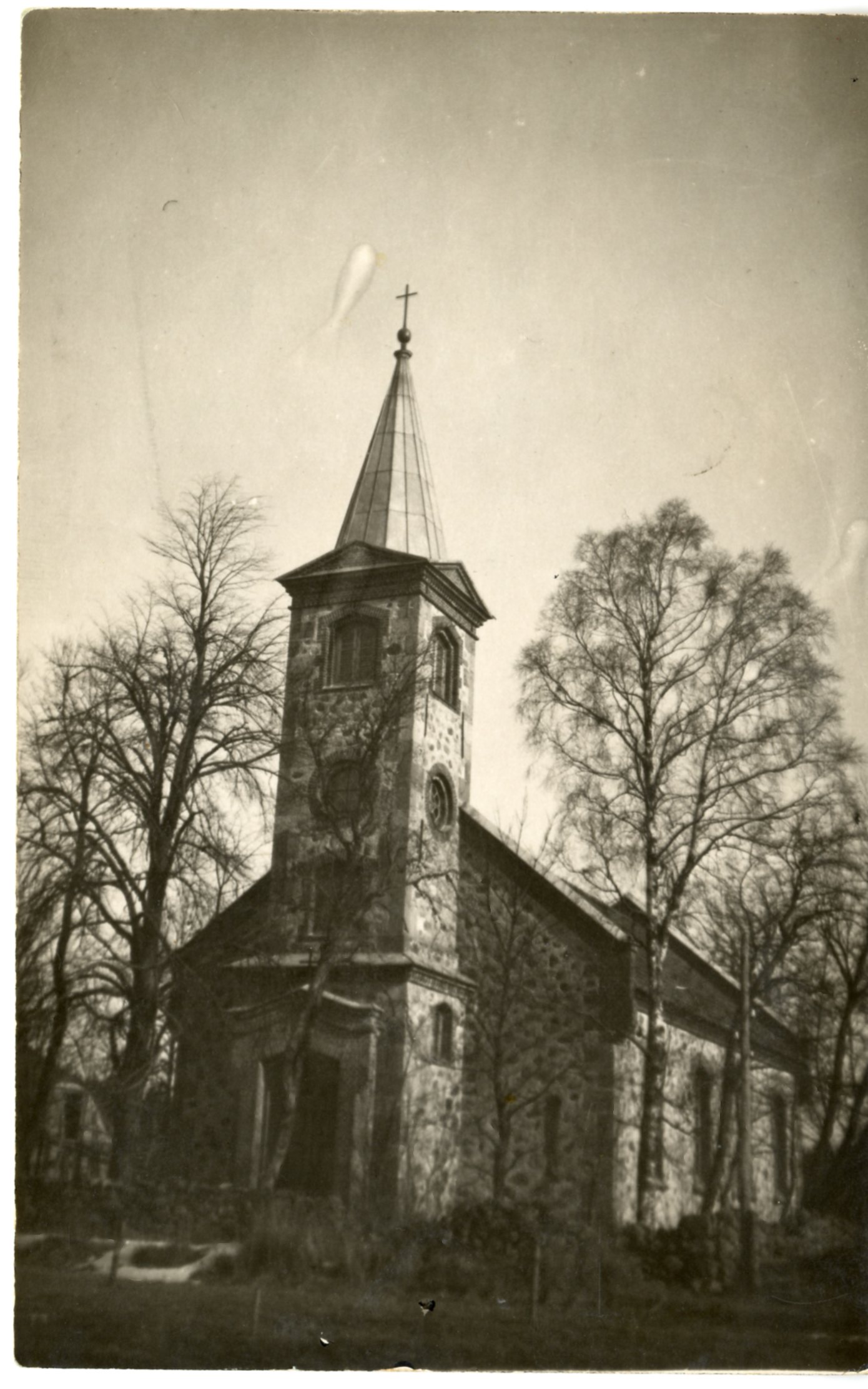
The Irbe Church is considered one of the most beautiful on the Kurzeme coast. It is situated on a hill and the 37 metre high church tower can be seen from the sea.
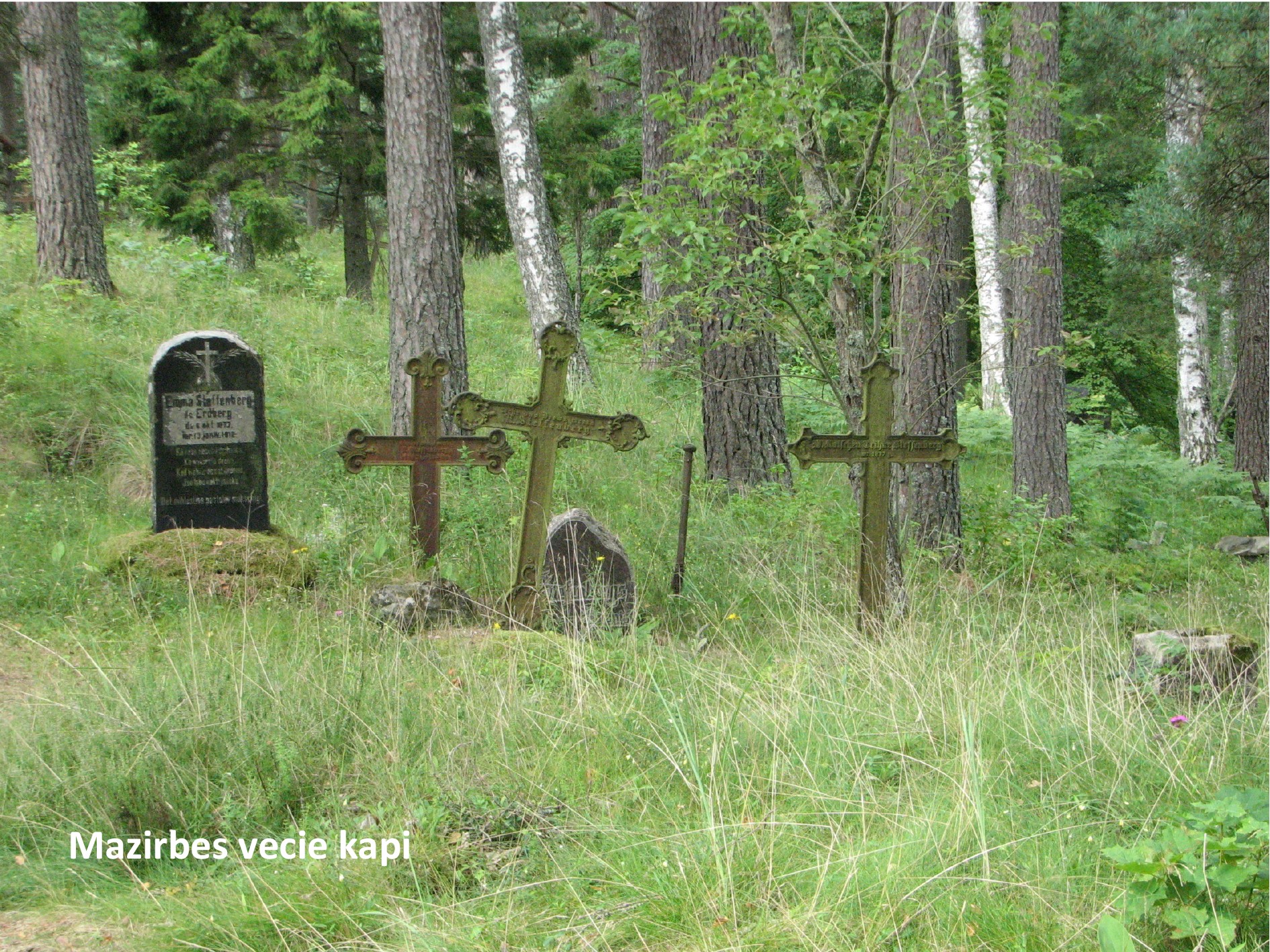
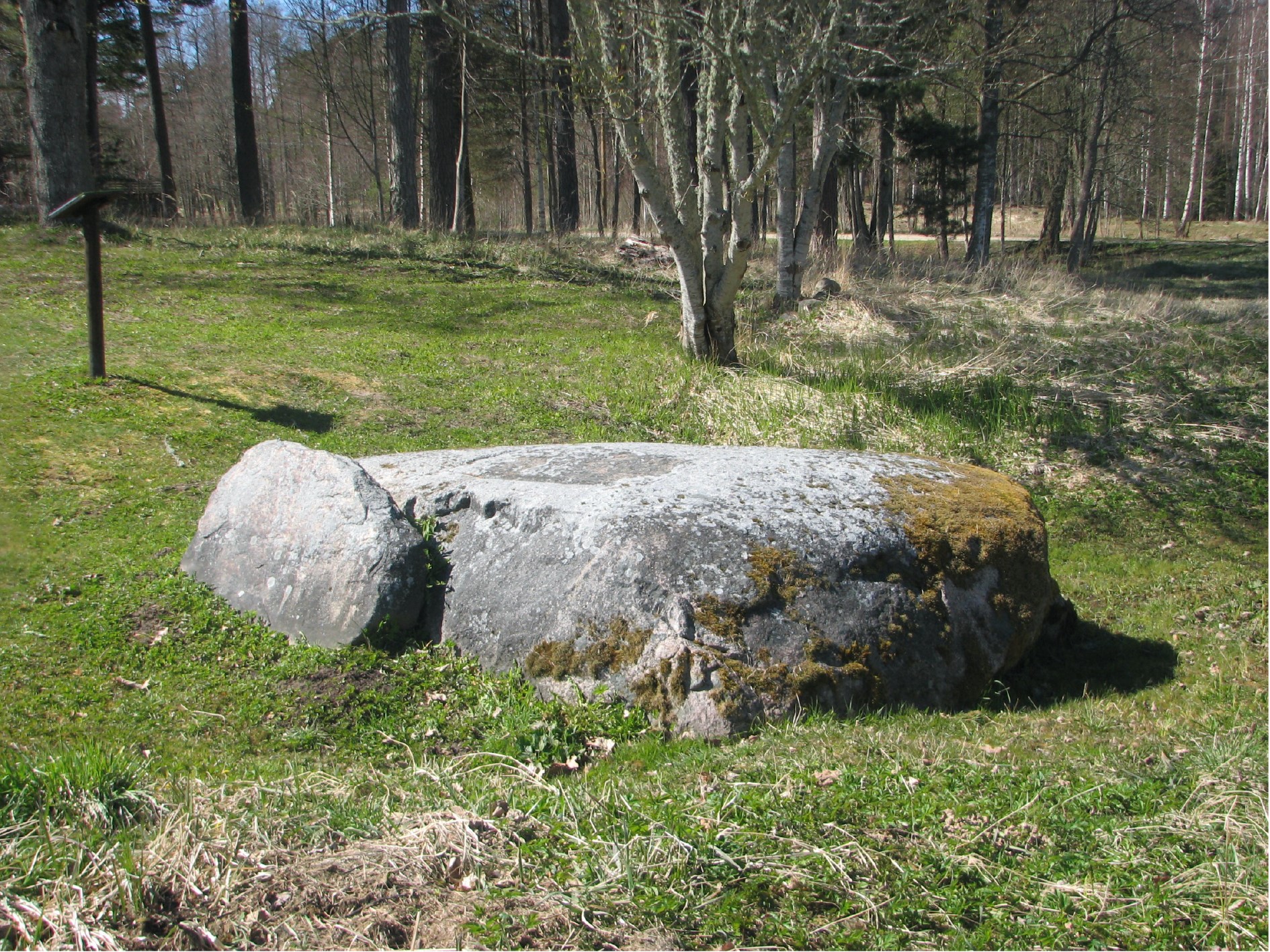
Two of the three Mazirbe milestones are located near the Church.
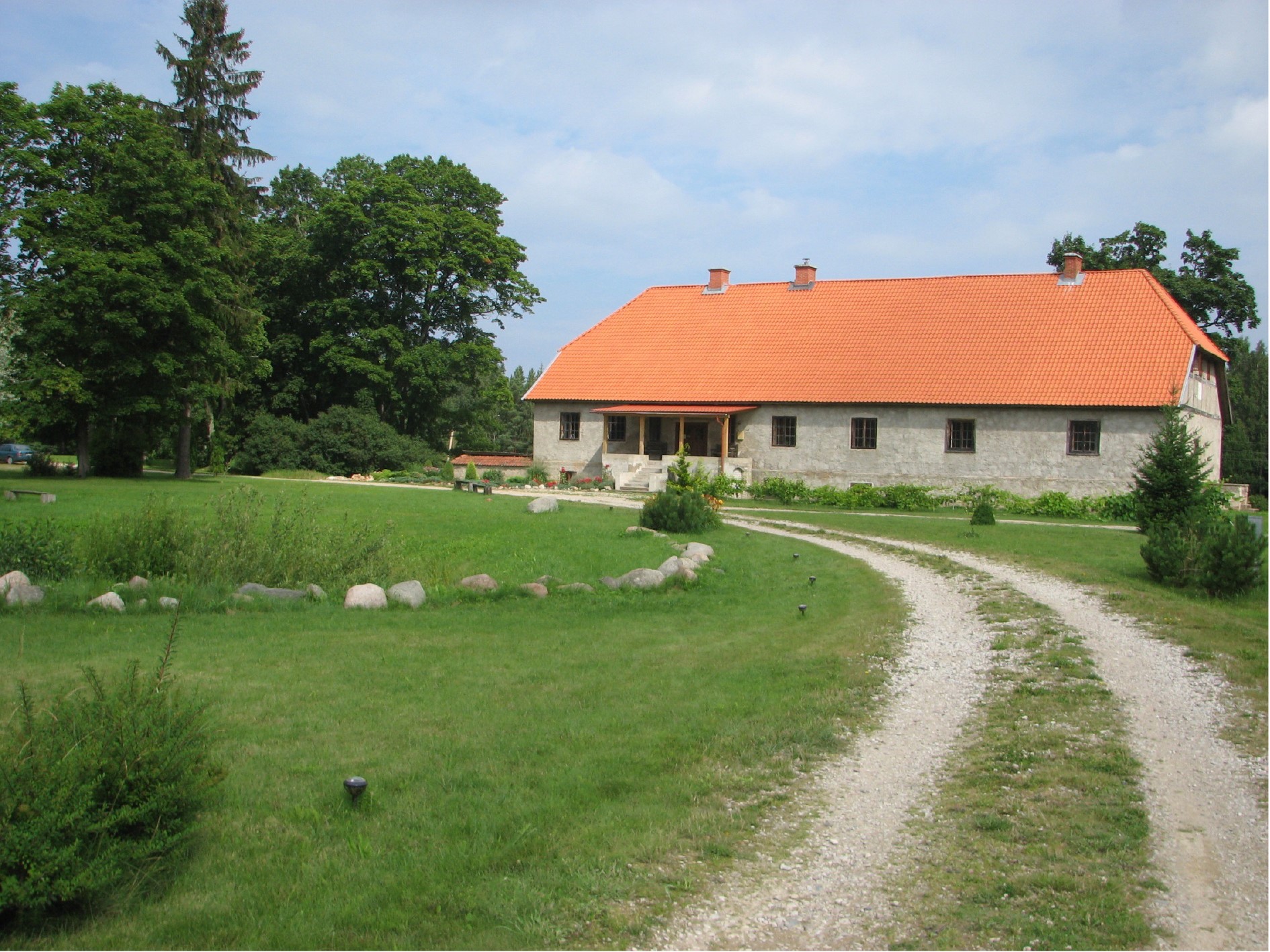
The restored Mazirbe parsonage.
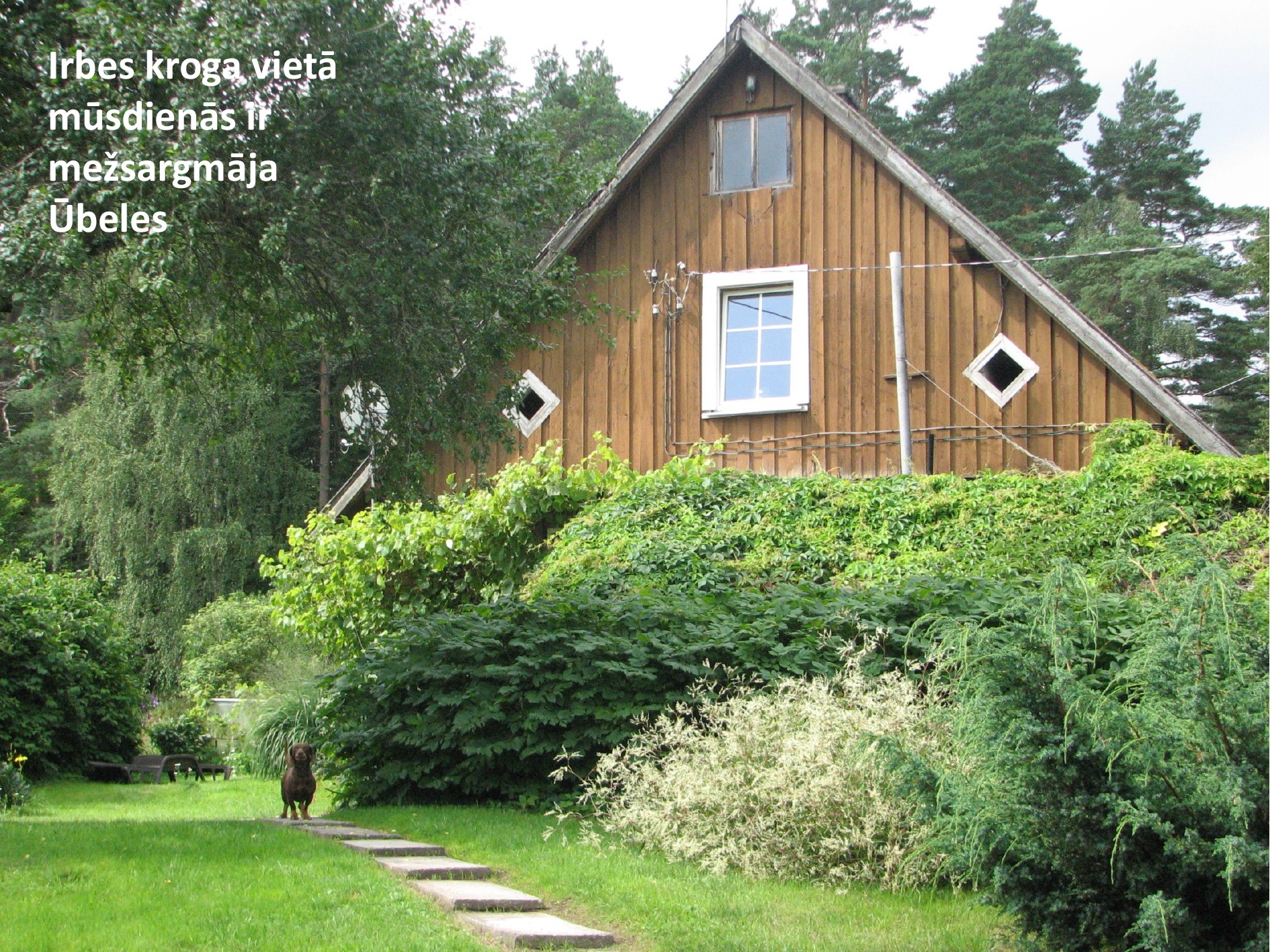
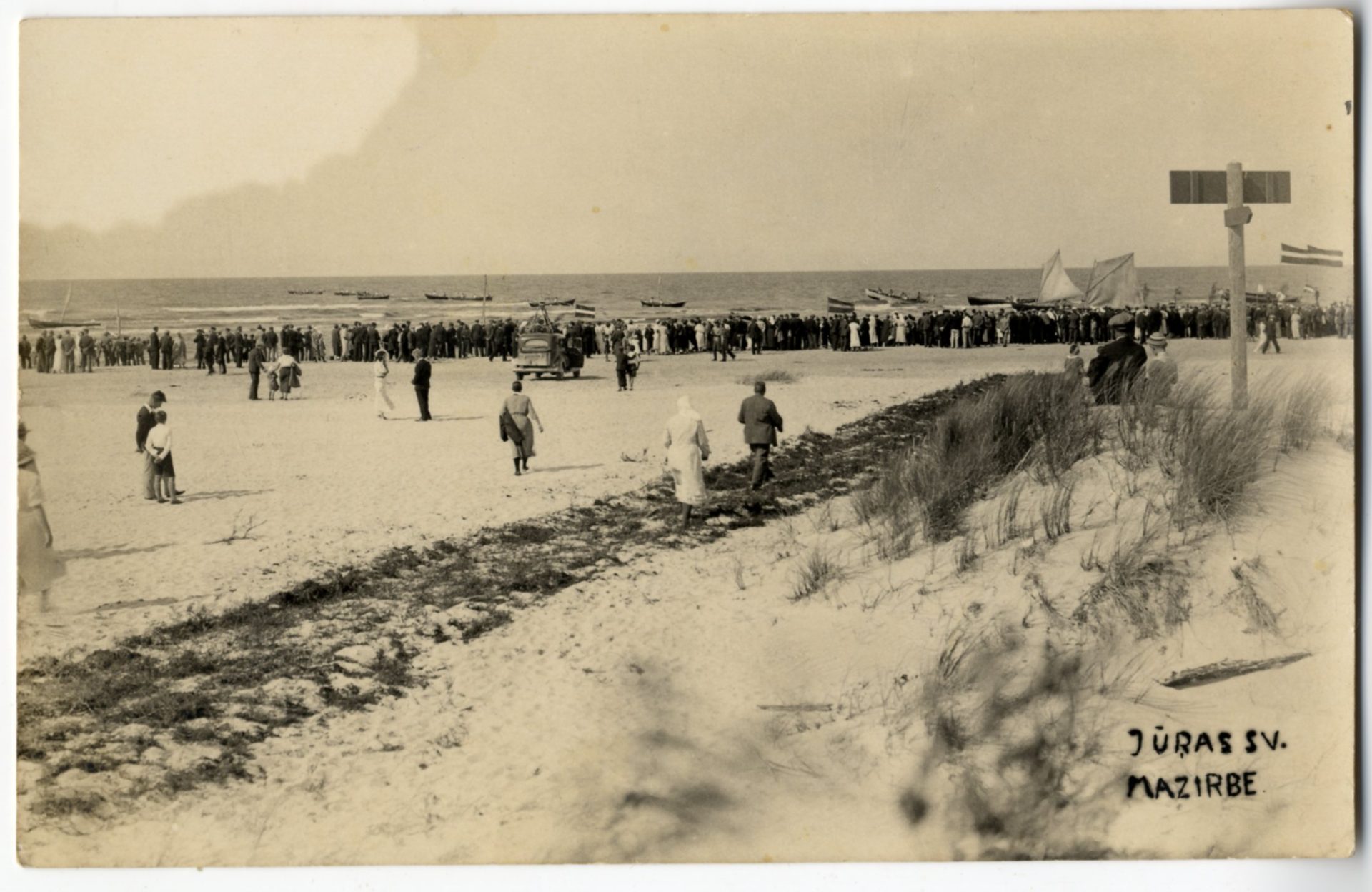
Maritime festival in Mazirbe on 9 August 1936. 9. augustā.
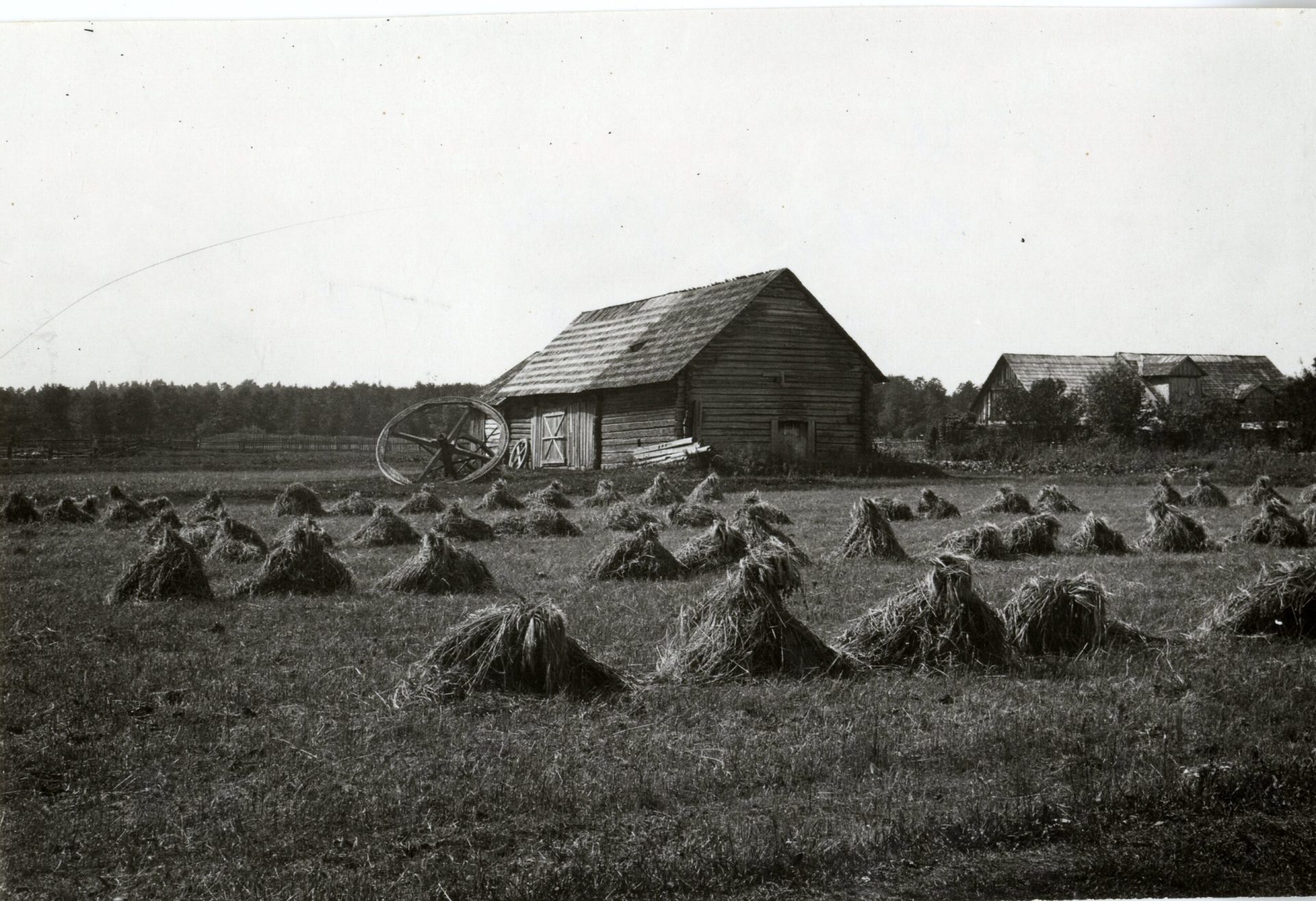
Barley stands in Mazirbe. 1927

Drying flax. Mazirbe, 1927.
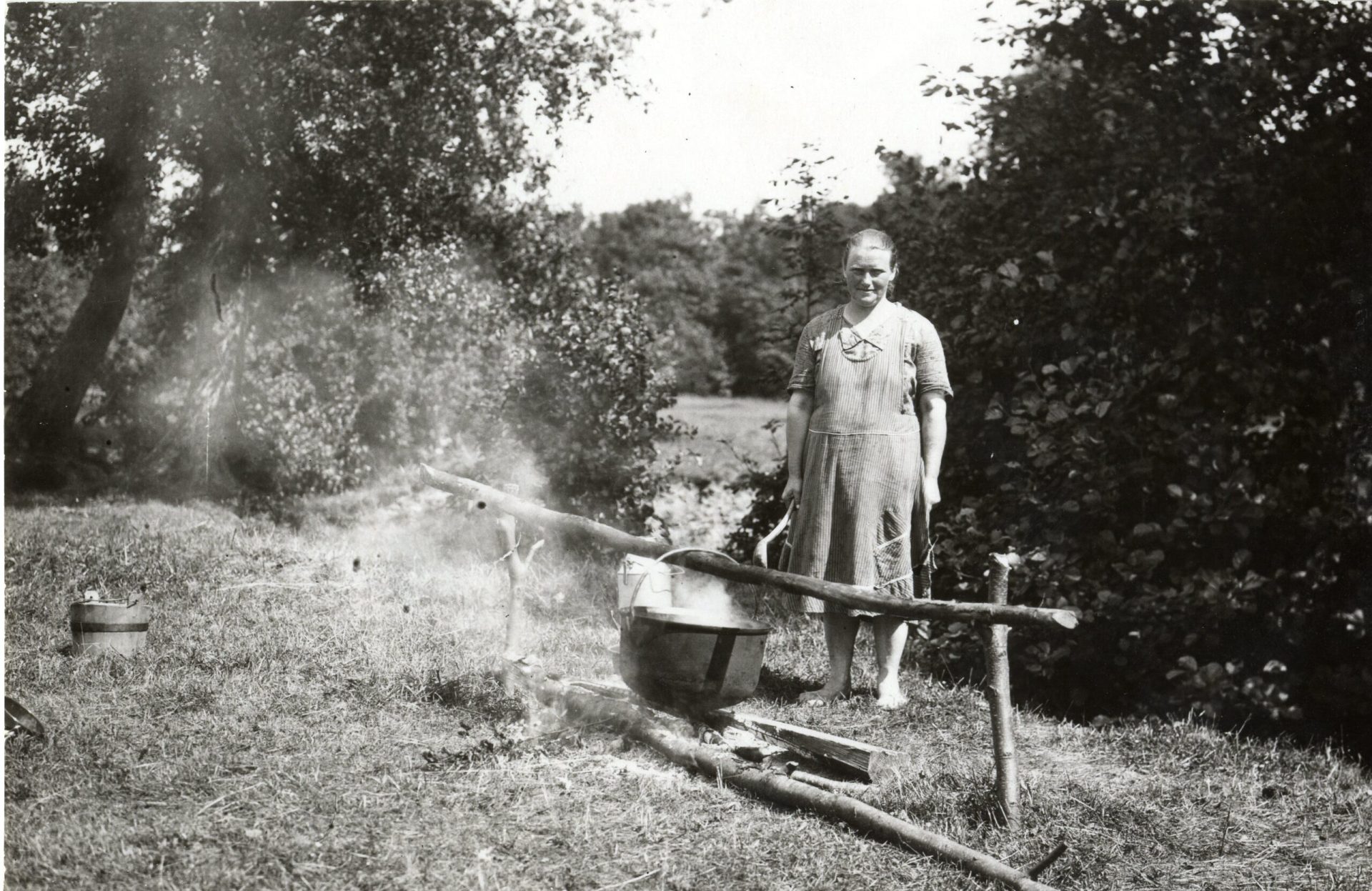
Making lunch in the meadow. Mazirbe, 1928.
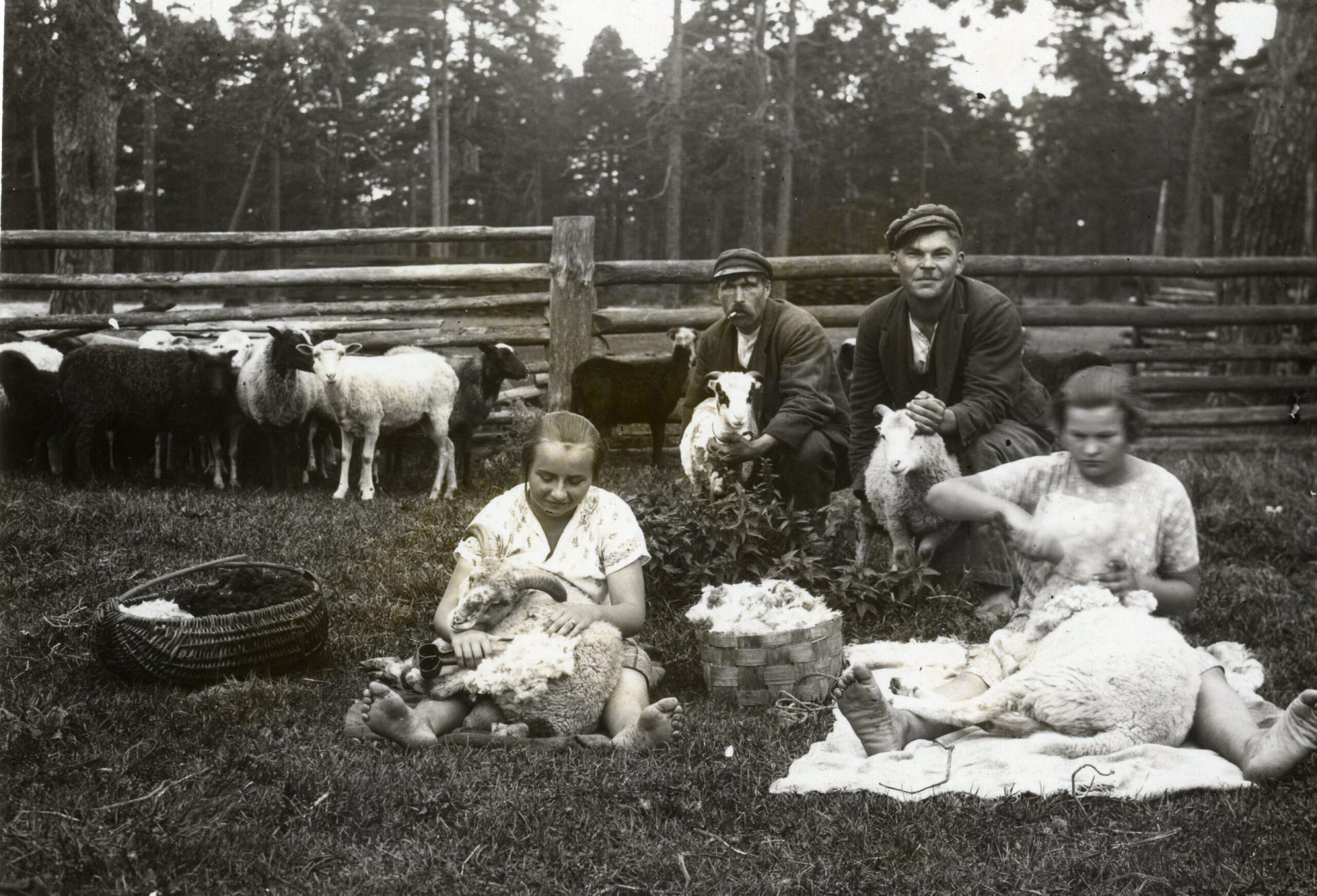
Sheep shearing. Mazirbe, 1927.
